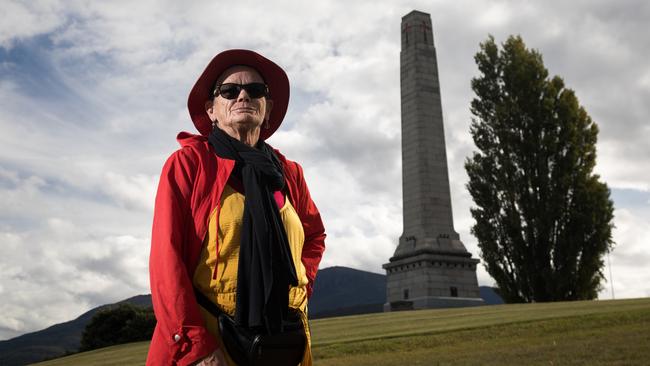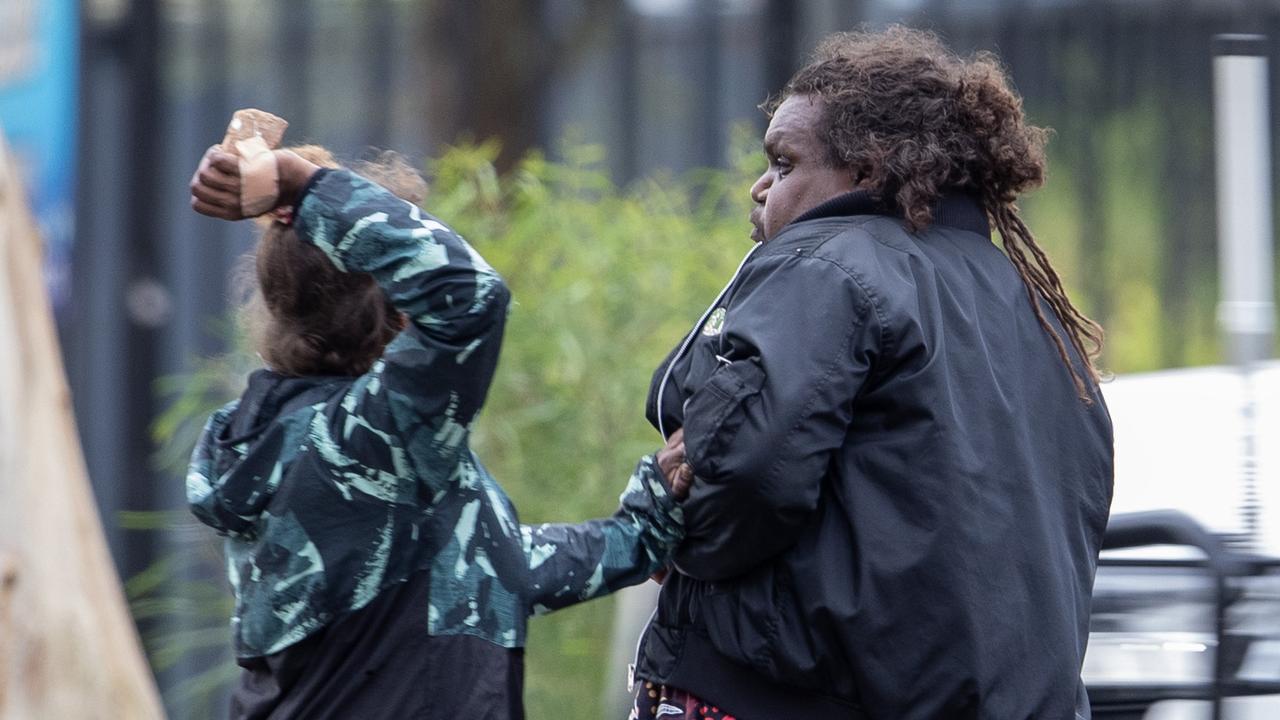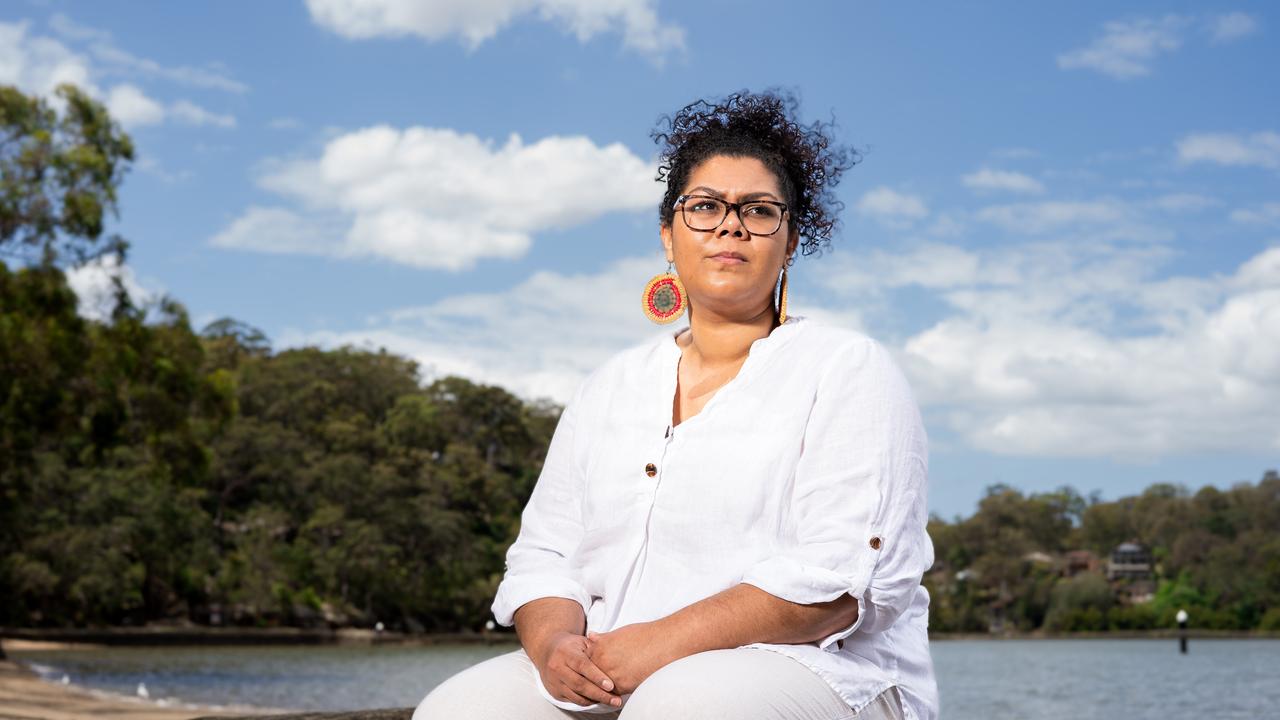Memorial to commemorate Tasmania’s Black Wars
In a national first, Tasmania’s RSL and indigenous elders have agreed to the creation of a memorial to the state‘s Black Wars and to an annual day of commemoration.

In a national first, Tasmania’s RSL and Indigenous elders have agreed to create a memorial to the state’s Black Wars and an annual day of commemoration.
To be designed by an Indigenous artist, the historic memorial near Hobart’s Cenotaph will honour those lost on both sides of the brutal frontier conflict of the 1820s and 1830s.
It is being hailed by RSL and Aboriginal leaders alike as a boost for reconciliation nationally, and as a model for other states to follow in dealing with the sensitive issue of how to commemorate frontier conflict.
“It achieves recognition of what happened right around the country,” said Aboriginal elder Auntie Wendal Pitchford.
“People will be able to go there and pay their honours to our ancestors killed in the frontier wars and in massacres.
“I thank the RSL. It’s taken a long time for anyone to recognise anything (in relation to the frontier conflicts) and they are so open-hearted that it’s wonderful to be here and be involved in it.”
The breakthrough follows years of quiet discussions, sparked after an Anzac Day protest at which Indigenous activists demanded recognition of frontier conflict.
RSL state president Robert Dick said his organisation had given in-principle support to the frontier conflict memorial and commemoration day as a means of addressing the bloody conflagration separately to Anzac Day.
“It’s about time we remembered what occurred,” Mr Dick said. “Soldiers involved were British, not Australian, but it was a conflict between two groups — one fighting for land they believed was theirs, the other fighting for various different reasons.”
Mr Dick said the RSL did not own the land around the Cenotaph but he was personally supportive of the memorial being nearby. “That whole area has many memorials (including) for the Boer War and the Soldiers’ Memorial Walk, so that would be the most logical,” he said.
Hobart City Council, which owns the land, is also supportive and met with Ms Pitchford and Reconciliation Tasmania last week to discuss a potential site, with views of the River Derwent, near the Cenotaph.
RT chief executive Mark Redmond said the organisation “fully supported” the initiative. “Aboriginal veterans from Tasmania, who were the highest per head of population to serve in world wars post-Federation in Australia, are acknowledged at our cenotaphs,” he said. “Now the Aboriginal frontier warriors also need to be shown respect for the defence of their country.
“It is now time … to heal the trauma from all sides in that original war on our home soil by an official commemoration of the frontier war in Tasmania.”
Tasmania’s frontier conflict was the most intense in the nation, particularly between 1824 and 1832, with an increase in settlement and the infamous “Black Line” to expel Aborigines from tribal lands.
Historian Nicholas Clements estimates 1000 lives were lost. Attacks from Aborigines killed 223 colonists and wounded 226, while Aboriginal deaths in 1824-31 are estimated at more than double the 306 for which evidence exists.
Aborigines who survived were exiled to Flinders Island in the early 1830s, where many died from disease and heartbreak.




To join the conversation, please log in. Don't have an account? Register
Join the conversation, you are commenting as Logout